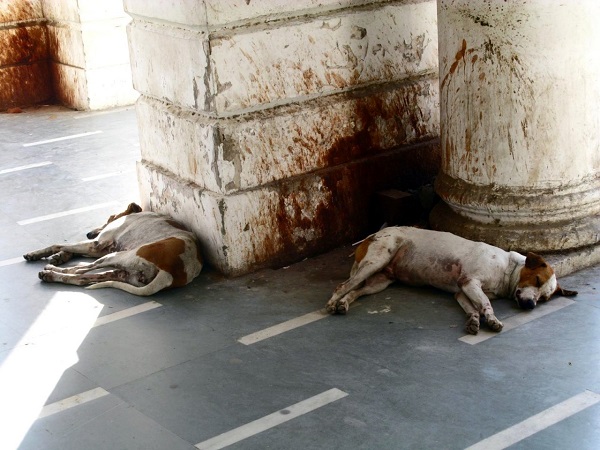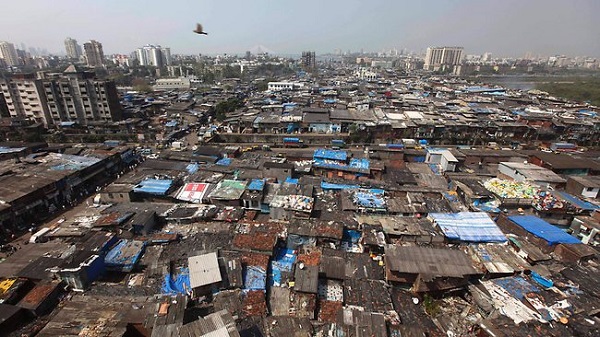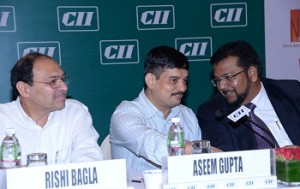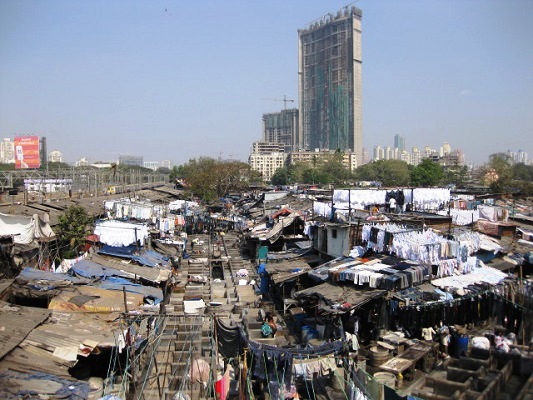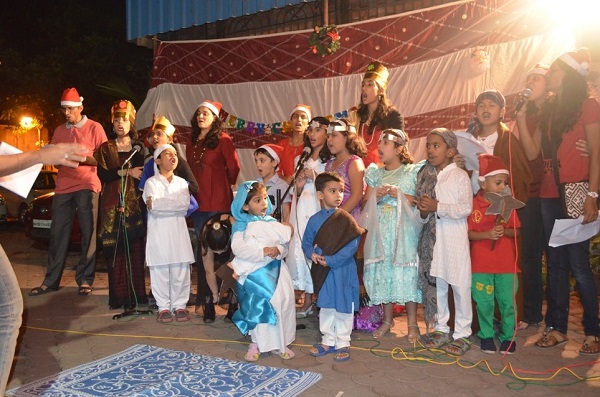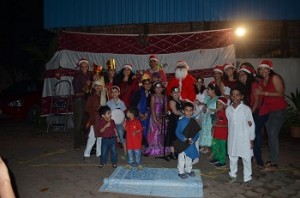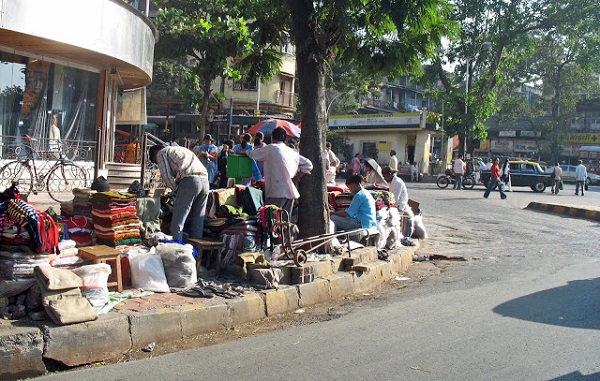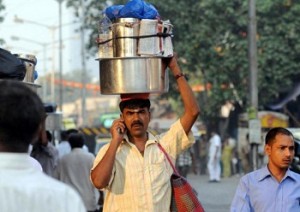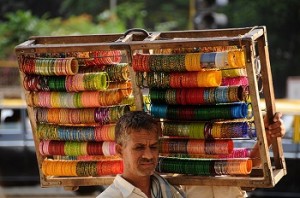‘Paan’ is a feature of Mumbai’s culture, and its biggest bane – every corner of the city is a spittoon.
by Devashri Prabhu
Whoever came up with the phrase ‘Paint the town red’ sure had Mumbai in mind. Mumbai has always been a colourful city – it is green and grey in monsoons, it has the blue of the ocean, and the red of paan.
Whoever invented paan sure has it coming from the city’s clean-up marshals. People spit paan juice freely and with practiced ease all over Mumbai. No detergent or cleaning solution is strong enough to clean off the stains caused by paan.
Just spit it
 It brings a smile to your face when you hear of a fellow Indian proudly telling a foreigner that paan is part of Indian culture. Sure it is, but are also proud of how the same paan is a health hazard? And what about the sanitation problems it carries? The people who eat paan choose to spit out the betel juice instead of swallowing it, because swallowing it is said to be harmful. Well, spitting it out isn’t harmless for the city, either.
It brings a smile to your face when you hear of a fellow Indian proudly telling a foreigner that paan is part of Indian culture. Sure it is, but are also proud of how the same paan is a health hazard? And what about the sanitation problems it carries? The people who eat paan choose to spit out the betel juice instead of swallowing it, because swallowing it is said to be harmful. Well, spitting it out isn’t harmless for the city, either.
Wherever you go in Mumbai, you can see paan stains. Corners of public buildings, corridors, bus stops, public benches, footpaths, public walls, railway platforms, subways and religious places, too. How do you stop this habit? Even the garbage cans provided by the municipality have been gladly used as spittoons.
My story
Apart from dirtying every conceivable surface in the city, paan eaters will also gladly spit on other people without a care in the world. I have been spat at personally. I was sitting in the train by the window. It was evening time and I was returning from work. The train had halted at Wadala station. After a tiring day at work, I was just about to catch a wink of sleep when phachaak! Someone had spat red betel juice on me. It was like he had sprayed me with it. The guy with the paan was in the train next to time and was still chewing his paan. Even before I could react, his train moved and he continued chewing and spitting without a care in the world. A real mai ka laal.
How to tackle it?
Since you can’t really stop people from chewing paan, people have come up with a few ways to discourage spitting. The most popular way is to put up pictures of gods and goddesses at all the strategic places such as public walls, corridors of buildings, etc. A sense of decency (otherwise lacking) prompts the spitter from selecting another spot to spray his paan all over. Another one was a feeble attempt to save the municipality garbage cans from becoming spittoons. The BMC would line each bin with large plastic bags on the inside, so that cleaning staff merely picked off the bag every day without having to clean the bin from the inside.
But these are ineffective measures. More stringent and consistent punishments have to be imposed on these habitual spitters. I suppose levying heavy fines could be a deterrent. A way to do this is to empower citizen clean-up marshals comprising of a force of senior citizens or interested youth volunteers who could be selected by the BMC to police certain areas and who would carry official badges indicating their appointment.
Spitting is rampant in Mumbai despite anti-spitting laws and heavy fines. A good way to stop the menace is to publicly shame the spitters. We are too casual about dealing with people who litter all over the city – why don’t we stop people from throwing garbage outside the train windows or spitting all over the place? The responsibility of a healthy and hygienic city lies equally in us and the Government. We should rally against the habit of spitting paan, tobacco or other substances together. Our city needs to have clean roads and public spaces – not those festooned with paan stains.
Devashri Prabhu has a Masters in Psychology and her interests lie in areas like Mental Health, Social Issues and Spirituality.
(Pictures courtesy gbtimes.com, sparknbeyond.wordpress.com. Images are used for representational purpose only)
